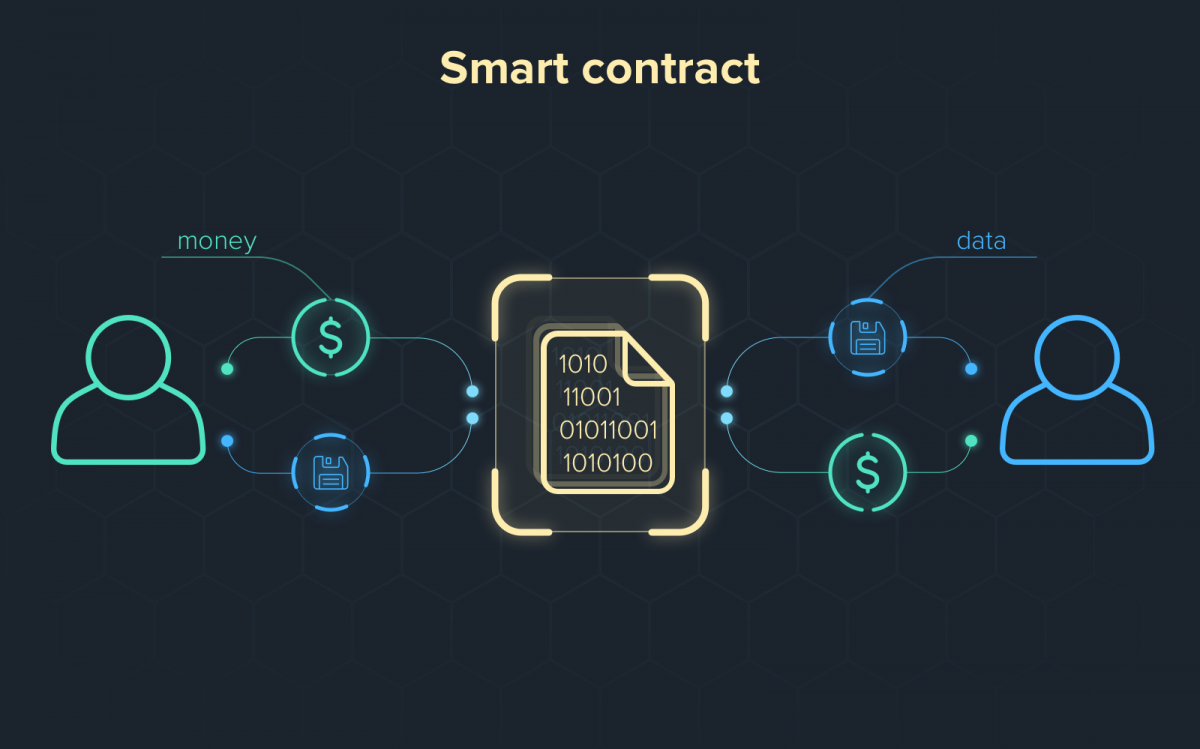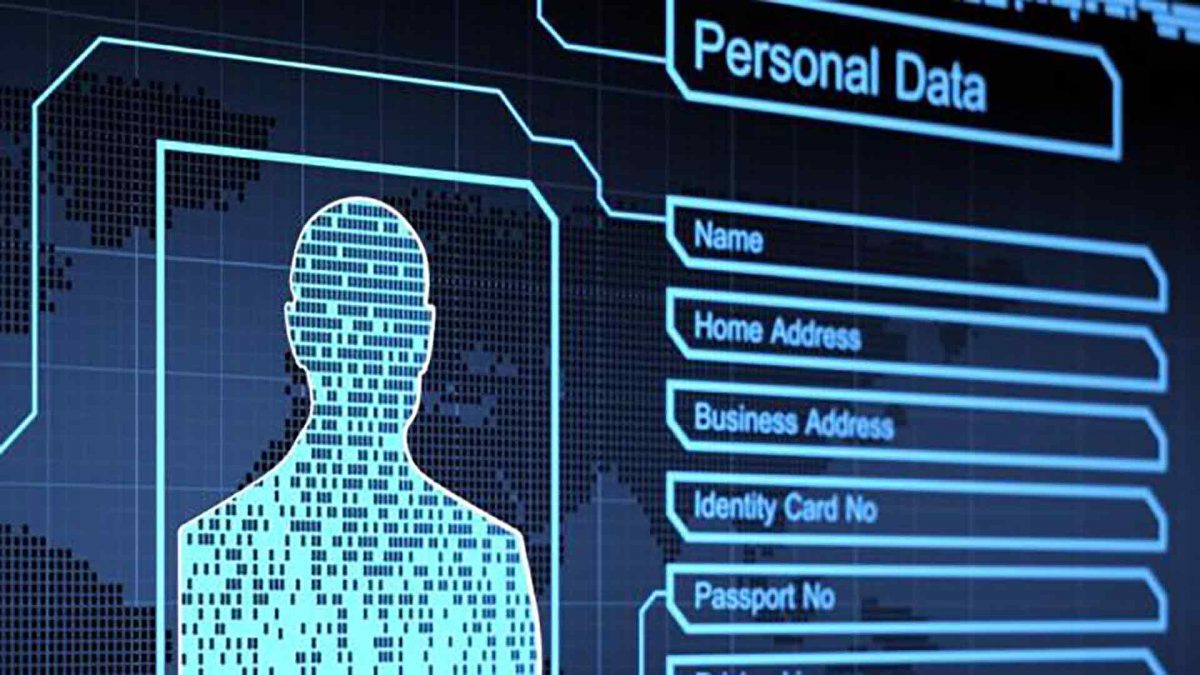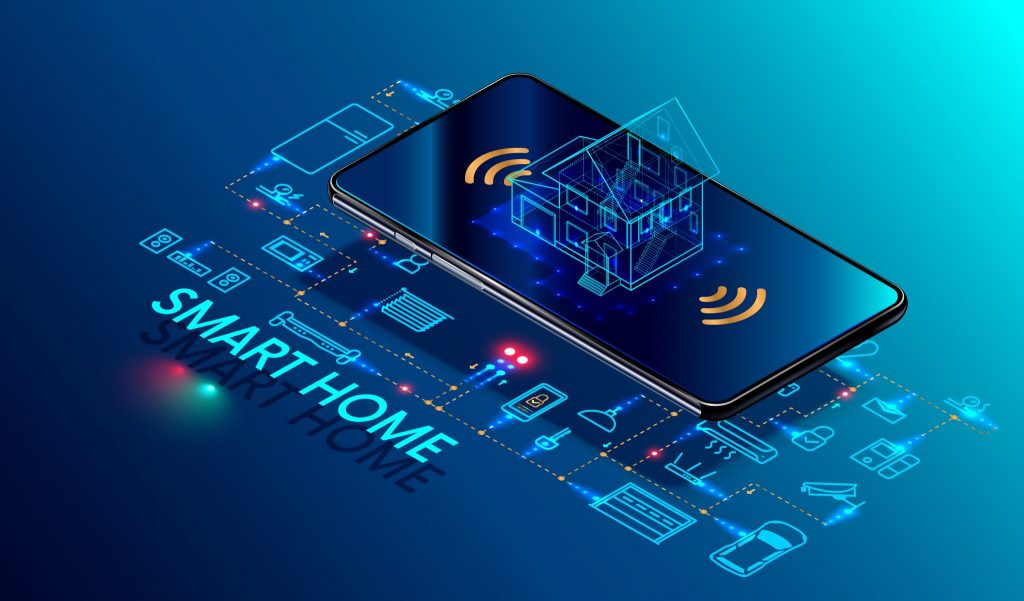Blockchain is an example of a Distributed Ledger Technology (DLT), in short this means a distribution of independent computers which are also referred to as nodes. These nodes are responsible for recording, sharing, and synchronizing transactions in the ledger. A great advantage of this is that the transactions are decentralized instead of being centralized in one local ledger. These ledgers can be used to distribute digital assets without the need of copying or transferring, to facilitate access to the ledger from anywhere due to the decentralized form, and it generates trust in the asset due to the prevention of changes created by the transparency of the ledger.

The legal industry will be affected by the Blockchain ledger in multiple ways. Firstly, cost reduction and automation due the introduction of smart contracts. Smart contracts provide a way to change the way of working in the legal industry, traditional static documentation will be otiose in the future since smart contracts can automate the process of terms and conditions application. Smart contracts can automatically detect if terms and conditions are met or not, after this it can automatically execute the effects of this contract. This results in a less labor intensive more effective process for both parties which means a cost reduction.
Another interesting area where blockchain can affect the legal industry is in transactions of ownership of digital and physical assets. Legal firms often need to supervise big transactions to secure a secure and fair transaction for both the buying and selling parties. Human errors can be minimized if legal firms would use blockchain technology to settle transactions. Agreements and restrictions can be automatically followed since they are integrated in the protocol code of the blockchain.
Lastly, Blockchain will bring an extra layer of integrity and transparency in the legal industry. Legal documents which are transferred or stored in an insecure way are a big target for hackers with bad intentions, information shared and created by lawyers can be valuable and publicizing this information can have many negative effects for the owner of the information. Legal offices can decide to store sensitive legal documents in private append-only ledgers where information is immutable this results in more integrity. Hash values will not match if data is changed or tampered which warns the legal firm for any violations.
Summarizing from the above, blockchain can change the legal industry in a positive way. Automation and smart contracts will result in cost reductions for all parties, and Blockchain data storage will result in integrity and transparency of legal information.
Sources:
Evans, J. (2018). Curb your Enthusiasm: the real implications of blockchain in the legal industry. J. Bus. Entrepreneurship & L., 11, 273.
Goldenfein, J., & Leiter, A. (2018). Legal engineering on the blockchain:‘Smart contracts’ as legal conduct. Law and Critique, 29(2), 141-149.



